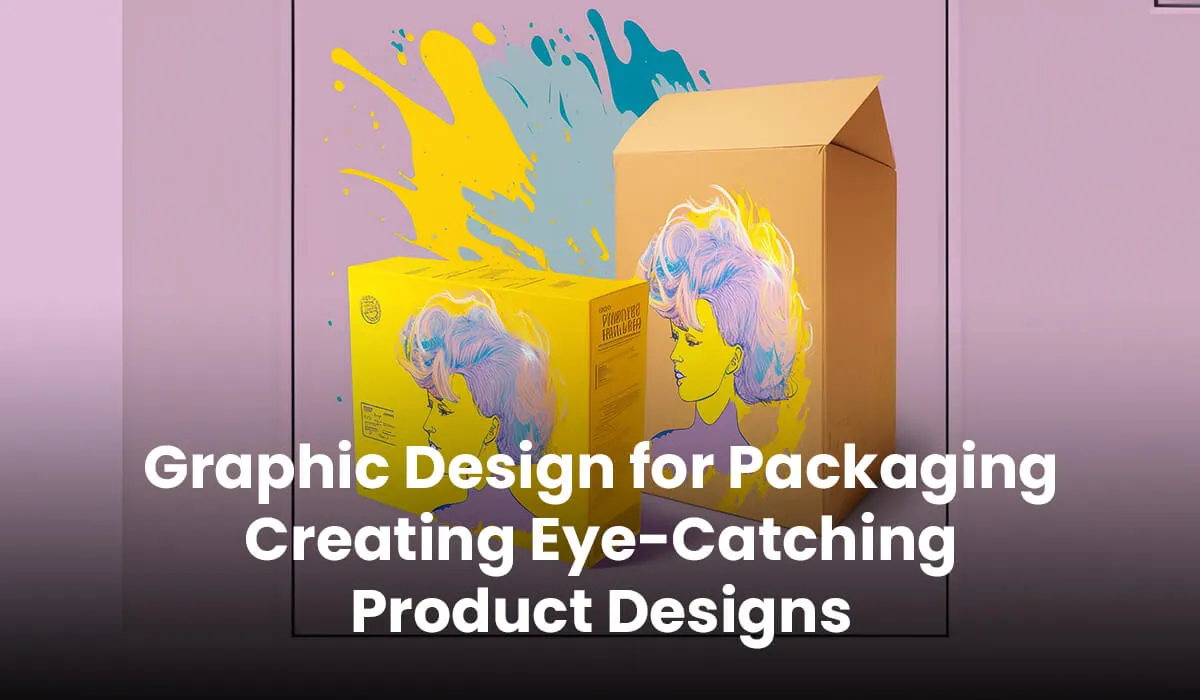Graphic Design for Packaging: Creating Eye-Catching Product Designs
In the bustling aisles of retail and the endless scroll of online shopping, product packaging plays a pivotal role in attracting consumers. It's not just a container; it's a communication tool.
This blog dives into the essentials of graphic designing services for packaging, offering insights into creating designs that not only capture attention but also encapsulate the essence of your brand.
The Importance of Packaging Design in Marketing
Good packaging design goes beyond aesthetics. It's a critical marketing tool that:
- Attracts Customers: The first thing a customer notices is the packaging, making it your first chance to make an impression.
- Communicates Brand Values: Packaging reflects your brand identity and values.
- Influences Purchasing Decisions: Compelling design can sway customers' decisions at the point of sale.
- Differentiates Products: Unique packaging sets your product apart from competitors.
Key Elements of Effective Packaging Design
- Brand Consistency: Ensure your packaging aligns with your overall brand identity, including logos, color schemes, and typography.
- Clarity and Simplicity: The design should clearly convey what the product is and who it is for.
- Functionality: The packaging should protect the product and be easy to use and store.
- Shelf Impact: Consider how your product will look on the shelf alongside competitors.
- Sustainability: More consumers are looking for eco-friendly packaging options.
The Design Process: From Concept to Reality
- Understand the Product and Audience: Research the product features and target audience to guide your design.
- Brainstorming and Sketching: Develop concepts through brainstorming and sketching.
- Design Software and Prototyping: Use professional design software to create digital mockups. Prototype to see how the design works in three dimensions.
- Typography and Color Theory: Choose fonts and colors that align with your brand and appeal to your target audience.
- Imagery and Graphics: Incorporate images and graphics that enhance the product's appeal.
- Legal Requirements: Ensure your design meets all legal labeling requirements.
- Feedback and Refinement: Gather feedback and make adjustments to refine the design.
Trends in Packaging Design
- Minimalism: Simplistic designs are in vogue, focusing on clean lines and minimal graphics.
- Bold Typography: Eye-catching fonts can make a strong statement on the shelf.
- Sustainable Materials: There's a growing trend towards using recyclable or biodegradable materials.
- Interactive Packaging: QR codes, augmented reality elements, or unique unboxing experiences can add value.
Challenges and Solutions in Packaging Design
- Standing Out: With so many products on the market, standing out is challenging. Solution: Focus on unique design elements that reflect your brand's personality.
- Cost Constraints: High-quality designs and materials can be expensive. Solution: Balance creativity with cost-effectiveness, and consider scalability.
Conclusion
In the world of marketing, packaging design is a silent salesman. Its impact on consumer perception and behavior is undeniable. By mastering the nuances of graphic design for packaging, brands can create compelling product presentations that not only attract but also delight customers.
